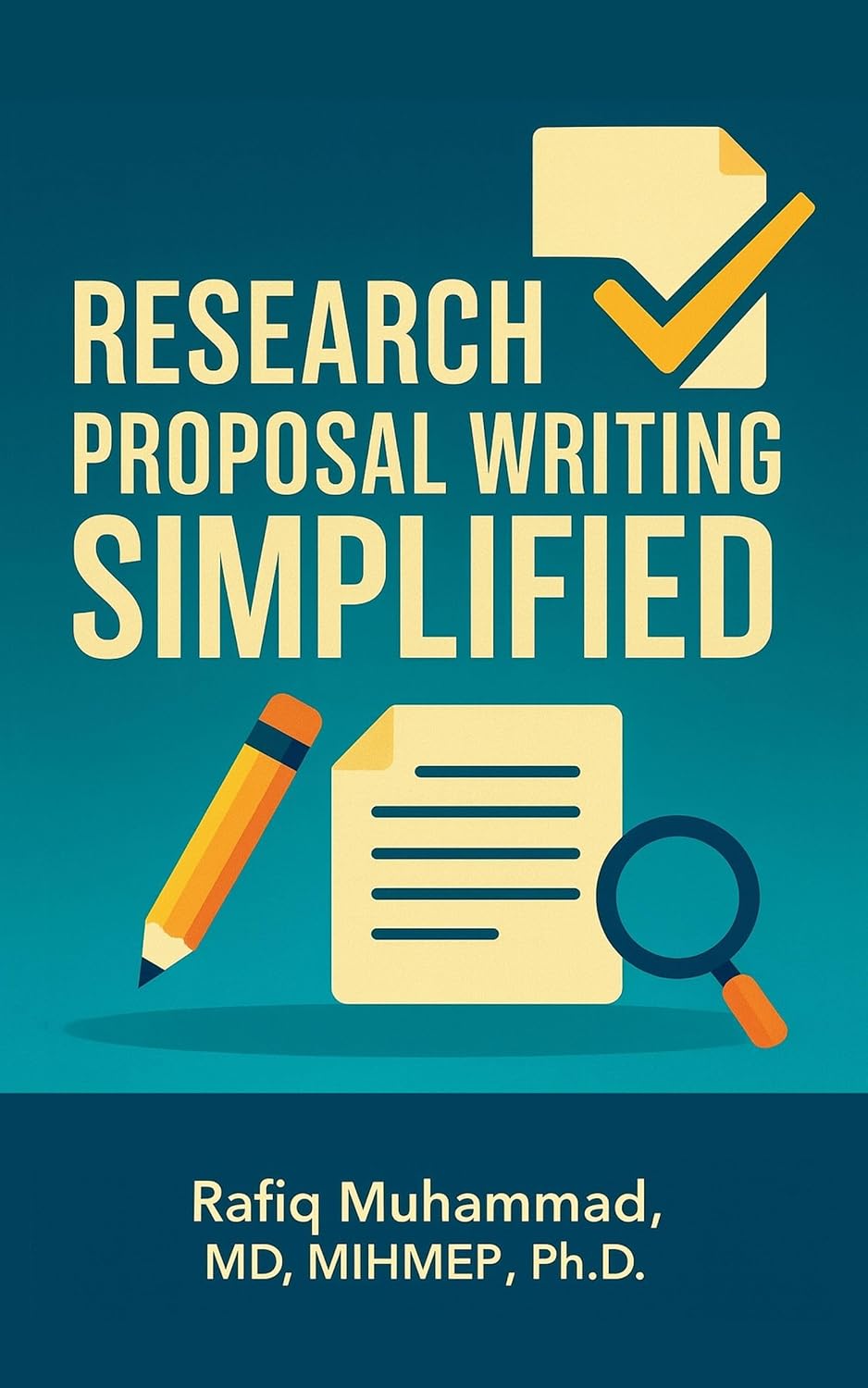Research Proposal Writing Simplified: A Step-by-Step Guide to Research Proposal Writing for Beginners
Research Proposal Writing Simplified gives you a clear methodology blueprint for aligning aims and objectives with methods, timeline, and budget—so reviewers see feasibility and fit at a glance. You’ll structure each section from problem statement and literature gap identification to hypothesis formulation (or research questions), significance/innovation, and evaluation plans.
Use the Reviewer X-Ray to anticipate weaknesses (scope, power, measures, risks), then run a pre-submission checklist to polish clarity, compliance, and formatting. You’ll learn sample size justification basics, research budget planning, and how to build timeline Gantt charts with milestones and dependencies. Ethics are front and center with ethics and IRB approval guidance and risk mitigation notes, plus tips for grant proposal positioning and academic funding requirements.
- Proposal structure: Title → Abstract → Background & gap → Aims/Objectives → Methods → Timeline → Budget → Ethics/IRB → Expected impact → References.
- Aims & objectives alignment: map objectives directly to design, measures, and analyses.
- Methodology blueprint: design choice, sampling plan, instruments/measures, and analysis strategy.
- Sample size justification: effect-size assumptions, power logic, and feasibility notes.
- Timeline Gantt charts: milestones, dependencies, and buffers for review/approvals.
- Research budget planning: itemized costs with justification tied to methods and deliverables.
- Reviewer perspective: Reviewer X-Ray questions and proposal evaluation criteria check.
- Ethics & IRB: consent, privacy, data security, and risk mitigation language you can adapt.
- Persuasive abstract: one-paragraph scaffold for context → gap → aims → approach → expected impact.
- Pre-submission checklist: format compliance, references, figures/tables, and page/word limits.
- Extras: statement of purpose tips for academic funding narratives and cover sheets.
By the end, you’ll have a complete, reviewer-ready package—coherent aims, justified methods, realistic budget and Gantt timeline, a compliant ethics/IRB plan, and a writing persuasive abstracts template that increases acceptance odds.
What’s inside
- Clear chapter-by-chapter roadmap
- Reusable templates and checklists
- Step-by-step examples from real projects
Who it’s for
- Graduate students (MA/MSc/PhD)
- Early-career researchers
- Supervisors seeking practical frameworks
What readers say
“Exactly what I needed to get unstuck.”
“Concise, rigorous, and practical.”
What you'll learn
- Blueprints for objectives, methods, timelines, and budgets
- ‘Reviewer X‑Ray’ to spot hidden weaknesses before submission
- Submission countdown checklist to avoid last‑minute mistakes
Frequently asked questions
What is the standard structure of a research proposal?
Most proposals include: Title, Abstract, Background & gap, Aims/Objectives, Research Questions/Hypotheses, Methods (design, sampling, data collection, analysis), Timeline/Gantt, Budget & justification (if required), Ethics/IRB, Expected outcomes & impact, References. The book provides a fill-in-the-blanks template for each section.
How do I write strong aims, objectives, and research questions?
Start with a precise problem statement and gap. Aims are broad intentions; objectives are SMART steps; research questions (or hypotheses) directly test or explore the gap. Use the book’s “Reviewer X-Ray” to check alignment among gap → aims → methods.
What level of detail do reviewers expect in the methods?
Specify design (qual, quant, or mixed), participants & sampling, instruments/measures, procedures, analysis plan, and quality/validity safeguards. Include feasibility notes (access, skills, tools) and a pilot/contingency plan where appropriate.
How do I justify sample size (or provide a power analysis)?
Quantitative proposals: estimate effect sizes and run an a priori power analysis. Qualitative proposals: justify depth via purposive/theoretical sampling and saturation logic. The book lists free calculators and language you can adapt.
What makes a convincing significance/innovation section?
Tie the gap to who benefits, what changes, and why now; show novelty (new data, method, population, or synthesis), and link outcomes to your field’s priorities. A short logic model helps reviewers see value at a glance.
How detailed should my timeline (Gantt chart) be?
Map tasks to months/weeks with clear milestones and dependencies (e.g., IRB → Recruitment → Data collection → Analysis → Write-up). The book includes a ready-to-edit Gantt template and risk-mitigation prompts for delays.
Do I need a budget and how do I justify it?
If required, itemize costs (participants, software, transcription, travel, RA time) and tie each line to a method step and deliverable. Keep numbers realistic and include in-kind support. A one-page justification template is provided.
What do reviewers reject most often?
Common deal-breakers: vague gap, misaligned methods, underpowered sample, weak measures, missing ethics plan, overambitious scope, or no feasibility evidence. Use the book’s pre-submission checklist to catch these.
How many references should I include and which style?
Follow the sponsor/program guide. Prioritize recent, high-quality sources that directly support your gap, methods, and measures. The book shows quick workflows for APA/MLA/Chicago with citation managers.
Do I need IRB/ethics approval before submitting?
Usually you outline your ethics plan in the proposal and obtain approval before data collection. Include consent/assent, data security, privacy, and risk minimization. A concise ethics plan template is included.
Can AI help with proposal writing without risking quality?
Yes—use AI to brainstorm alternatives, tighten language, check logic, and format, then verify facts, recalc numbers, and cite properly. The book includes guardrails, disclosure examples, and reviewer-safe usage patterns.
What does a strong abstract look like?
One paragraph covering context, gap, aims, approach (design/sample/measures), expected outcomes/impact, and feasibility. The Abstract Builder in the book gives a sentence-by-sentence scaffold.
